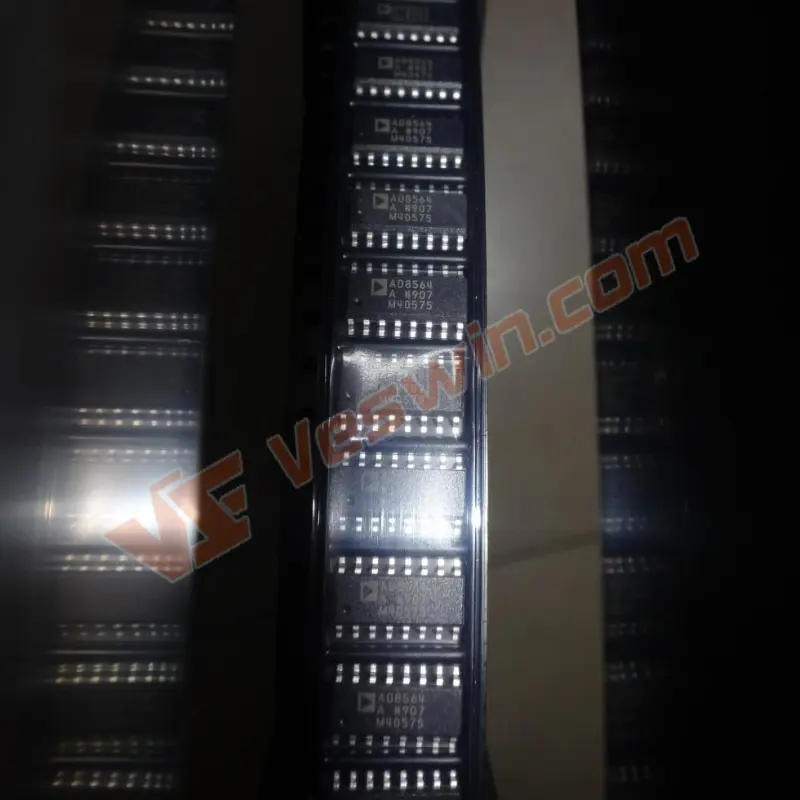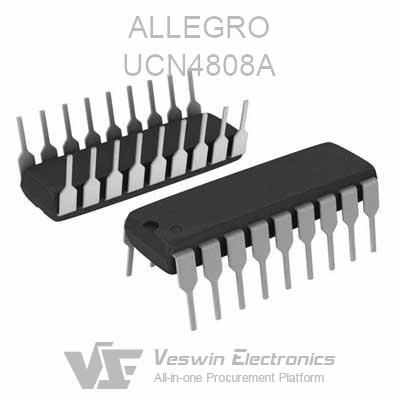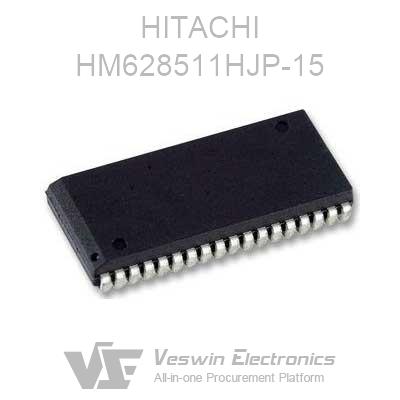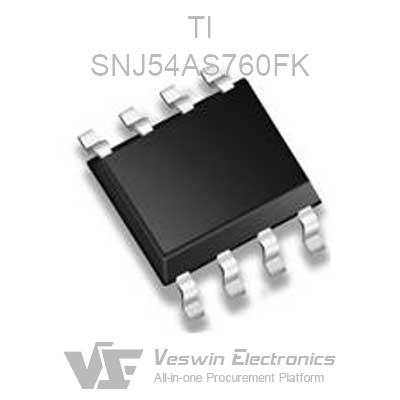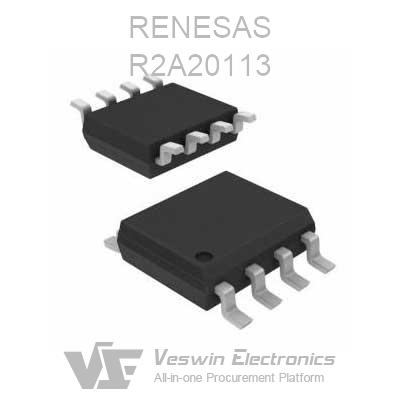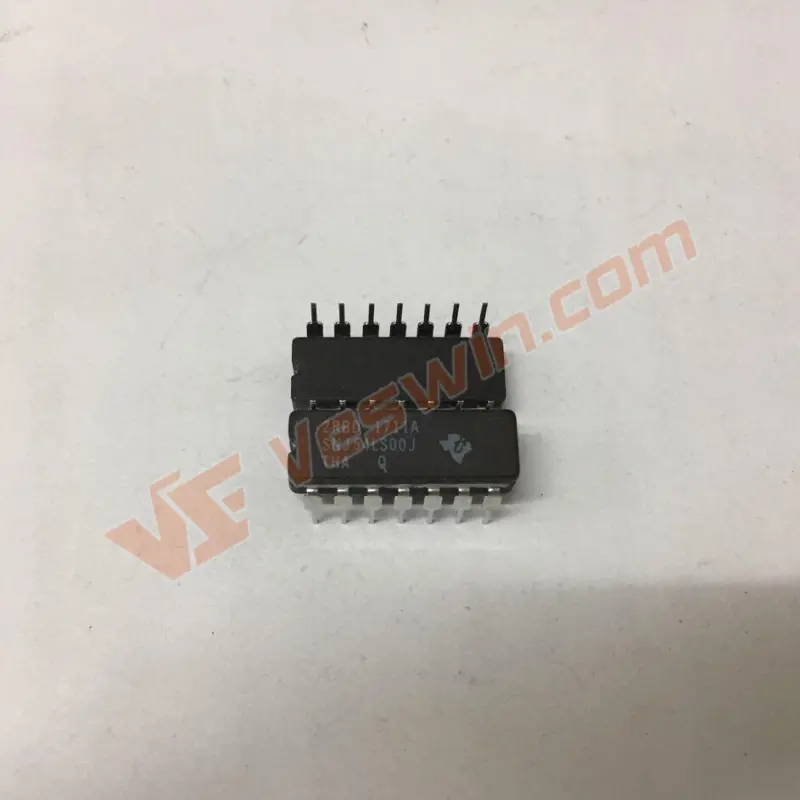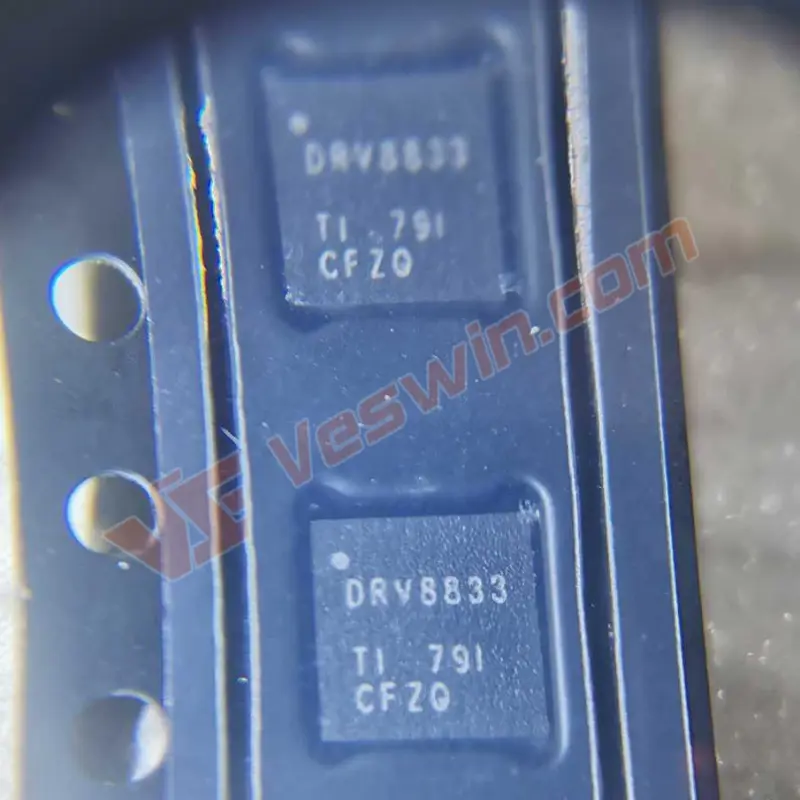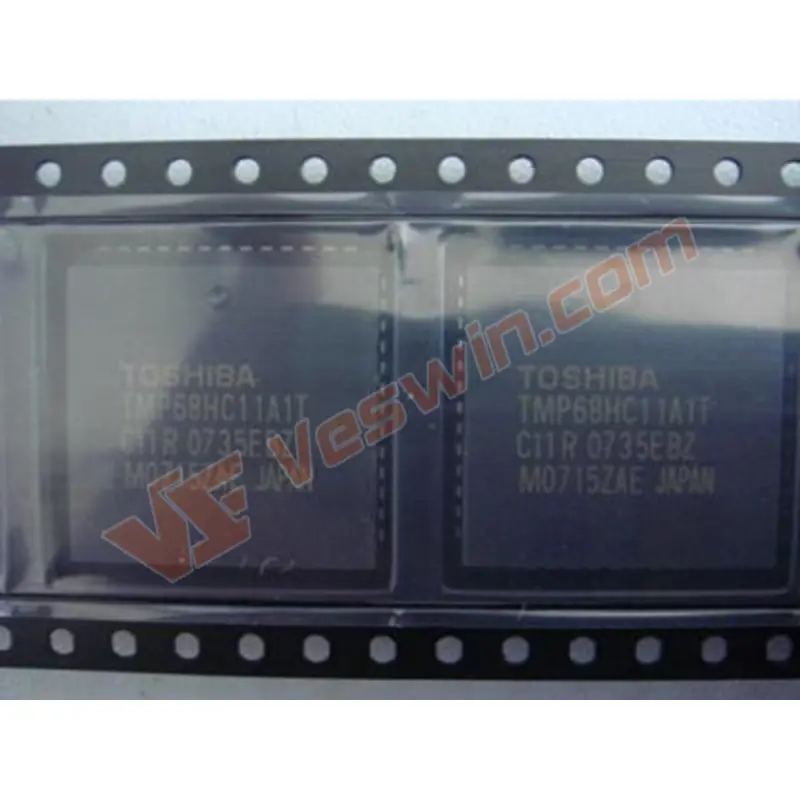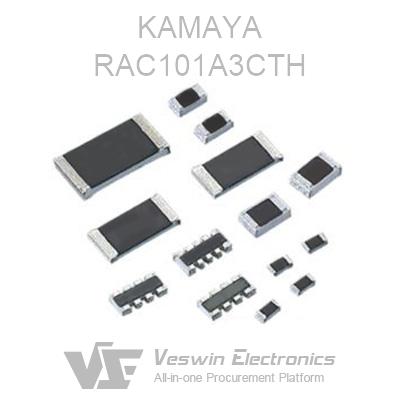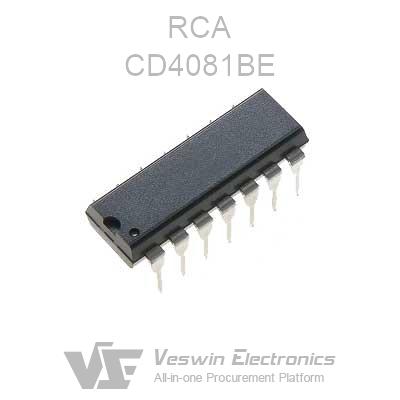Transistor refers to all single components based on semiconductor materials, including diodes, triodes, field-effect tubes, SCRs, etc. made of various semiconductor materials.
Transistor sometimes refers to transistor triode. Transistors are divided into 2 primary classifications: bipolar transistors (BJT) as well as field result transistors (FET). Transistors have three poles; the three poles of a bipolar transistor are composed of N-type and P-type emitter (Emitter), base (Base) and collector; the three poles of a field effect transistor are source (Source), gate (Gate) and drain (Drain).
Transistor is a semiconductor device, amplifier or electronically controlled switch commonly used. Transistors are the fundamental foundation that manages the procedure of computer systems, cell phones, and all various other modern electronic circuits. Because of their fast response time and high accuracy, transistors can be used for a wide variety of digital and analog functions, including amplification, switching, voltage regulation, signal modulation, and oscillators. Transistors can be packaged individually or in a very small area that can hold one hundred million or more parts of a transistor integrated circuit.
In December 1947, a research group consisting of Shockley, Bardeen and Bratton at Bell Labs developed a point contact type of germanium transistor. The introduction of the transistor was a major invention of the 20th century and a precursor to the microelectronics revolution.
With the advent of the transistor, people were able to replace the bulky, power-consuming electronic tube with a small, low-power-consuming electronic device. In the first decade of the 20th century, semiconductor materials were already being used in communication systems. ore radios, which were widely popular among radio enthusiasts in the first half of the 20th century, used ore, a semiconductor material, for wave detection. The electrical properties of semiconductors were also used in the telephone system.
Moore's law, that is, when the price is constant, the number of transistors that can fit on an integrated circuit will double about every 18 months, and the performance will double. Of course this is only a speculative theory, not a natural theory. But according to the history of CPU development in the past 40 years, this theory is close to accurate. We can compare the graph for the past 40 years of Intel series CPU data.
(ps: the highest point in the graph slope up, not technology development accelerated, but that series of Anthem and Anthem 2 belong to the server CPU, not desktop CPU, according to the overall level of desktop CPU curve should be slope to a smaller development) And in recent years, the
2000 Pentium 4 Willamette, production process 180nm, CPU transistor count 42 million.
2010 Core i7-980X, process 32nm, 1.17 billion transistors.
2013 Core i7 4960X, production process 22nm, transistor count 1.86 billion.
February 1999: Intel released the Pentium III processor. The Pentium III is 1x1 square silicon containing 9.5 million transistors and is produced using Intel's 0.25 micron process technology.
January 2002: The Intel Pentium 4 processor is introduced, resulting in 2.2 billion cycles per second for high-performance desktop computers. It is manufactured using Intel's 0.13-micron process technology and contains 55 million transistors.
March 12, 2003: The Intel Centrino Mobile Technology Platform for notebooks is born, including Intel's newest mobile processor, the Intel Pentium M processor. The processor is based on a new mobile-optimized microarchitecture, manufactured using Intel's 0.13-micron process technology, and contains 77 million transistors.
May 26, 2005: Intel's first mainstream dual-core processor, the Intel Pentium D processor, is born, containing 230 million transistors and produced using Intel's leading 90nm process technology.
July 27, 2006: Intel Core 2 Duo processor is born. The processor contains more than 290 million transistors and is produced in several of the world's most advanced labs using Intel's 65nm process technology.
January 8, 2007: To expand sales of quad-core PCs to mainstream buyers, Intel announces the 65nm process Intel Core 2 quad-core processor for desktop PCs and two additional quad-core server processors. The Intel® Core™ 2 quad-core processors contain more than 580 million transistors.
Answer from two perspectives: the feasibility of size and processing method.
1. Feasibility of size.
We found a picture on the Internet showing the size of individual transistors for different processes. We take the 16nm process as an example, with a size of 90nm*64nm.
For the convenience of calculation, rounding up, assume that the size of a single transistor is 100nm*100nm and the area is 10000nm^2=0.01um^2=0.00000001mm^2.
Assuming a chip area of 10mm*10mm=100mm^2, you can put down 100÷0.00000001=1e10, which is equal to 10 billion transistors. Of course, the actual area utilization rate can not be so ideal, but put down 100 million transistors is more than enough.
2. The processing method.
With such a small size, only a very small size processing tool can be used, and that tool is light.
The wavelength of deep ultraviolet light (DUV) is 193nm, the wavelength of extreme ultraviolet light (EUV) is 13.5nm, and the wavelength of electron beam is 0.12nm (the wavelength of electron under 100KV accelerating voltage system is 0.12nm).
The circuit pattern is first engraved on a die using the electron beam, which is called a mask or Mask, and then the pattern on the mask is photographed onto the surface of the chip (wafer) by using a DUV or EUV light source, and the pattern is scaled down equally while the photo is taken to finally form a nano-scale circuit. This is the photolithography process, an extremely important part of semiconductor process technology.
Simply put the CPU is like a big factory that stores switches, each transistor is a switch, off when it means 0, on when it means 1, the more transistors, the more switches, the more lines to take when dealing with the same problem. This is like the parallel circuit you used to learn in junior high school physics, the more roads the more lines circulated.
Similarly, the more transistors in the CPU, the more branches of current can flow through the unit time is reflected in the macro is that you can simultaneously process more data on a CPU, the faster the machine.
The CPU mainly includes a logical operation unit, a control unit and a storage unit. Included in the logical operation and control units are a number of registers that are used for temporary storage of data during the CPU's processing of data.
CPUs are manufactured on a particularly pure silicon material. A CPU chip contains millions of delicate transistors. One chemically etches or photolithographically etches the transistors on a piece of silicon the size of a fingernail cap. Therefore, in this sense, a CPU is made up of a combination of transistors.
In simple terms, transistors are miniature electronic switches, which are the cornerstone of CPU construction. You can think of a transistor as a light switch, and they have an operation bit that represents two states: ON and OFF. This ON and OFF is equivalent to the transistor being connected and disconnected, and these two states correspond to the basic states "0" and "1" in binary! By doing this, the computer system has the ability to procedure information.
The transistors in the CPU are integrated super micro-transistors, and a 22nm i5 may have billions of transistors integrated. CPU production is a very high precision process that must be done with the help of machinery, the transistors cut out of the wafer will be printed on the CPU base by machinery like printing, each printed base will be checked to exclude defective product and check the maximum efficiency value of the product, and then add the case interface to become our CPU base.
Each printed base will be checked to eliminate defective products and to verify the maximum efficiency of the product, and then add the case interface to become our common processor products.
In fact, there are bad transistors in CPUs! It is considered at the time of design, which is called the redundancy of industrial product design. Lithography of CPU is similar to photographic plate making in that its accuracy is related to wavelength, and since the wavelength of light cannot be infinitely short, it will produce false images. And the machine will still produce certain errors during the process of moving. These systematic errors are unavoidable. Therefore, all major lines are backed up when designing on.
Hot News
